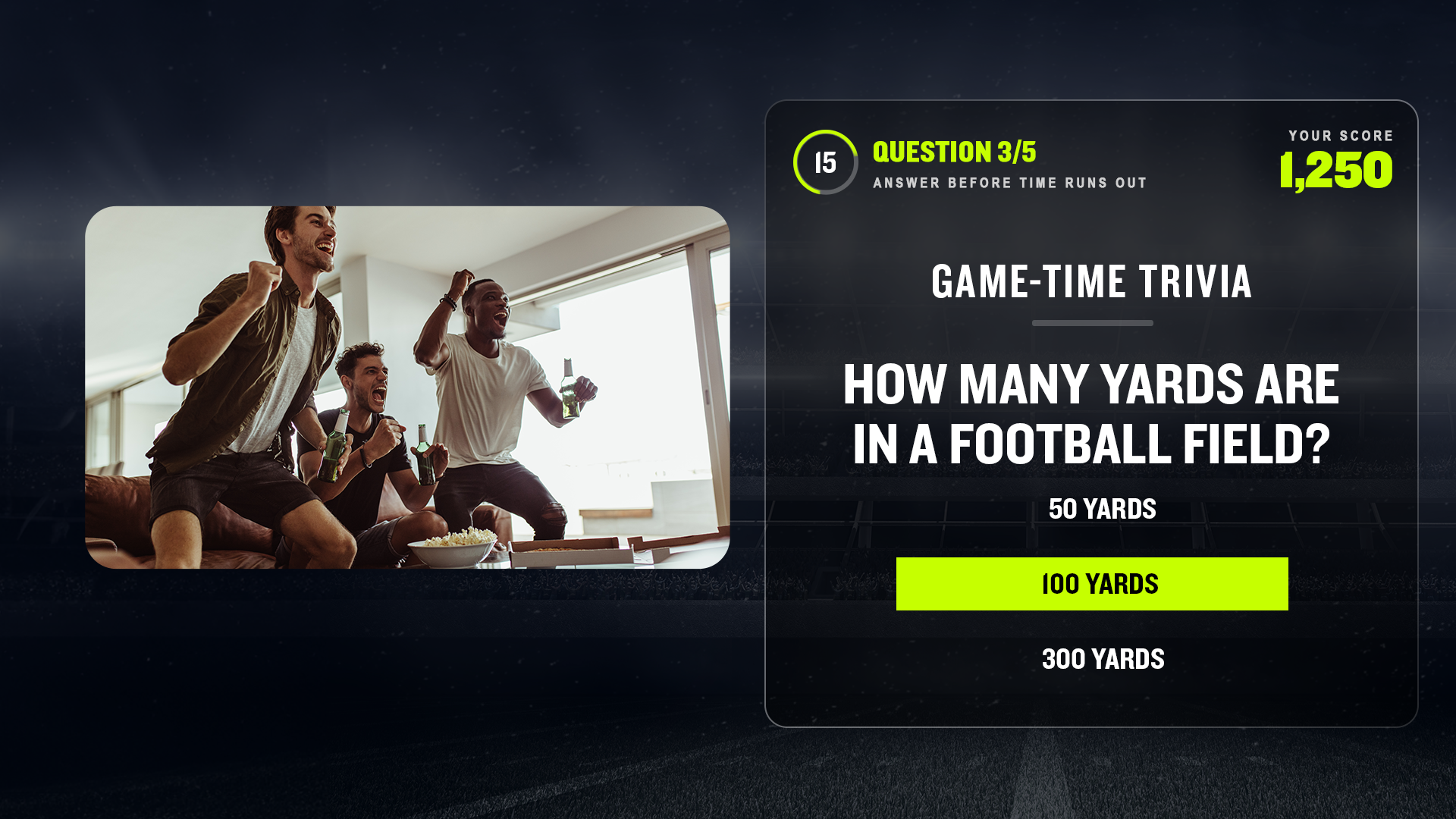BrightLine Puts Pedal To the Metal With New CTV Ad Formats
More robust interactive commercials promise higher engagement

Leaning into connected TV and stomping on the gas when it comes to interactive advertising, BrightLine said it is launching an Accelerator PTM (pedal to the metal) collection of ad formats.
One of BrightLine’s Accelerator PTM formats is called “Beat the Clock.” Instead of watching passively during a 30-second spot, viewers are asked to answer trivia questions or challenged to a product-related contest like “dunk the fries.”
Another format, Retail Connect, encourages viewers to use their remote to connect with goods being promoted on screen.
The new formats are designed to take advantage of the capabilities enabled by the digital nature of CTV.
“This is an advanced new platform, and it doesn’t make sense to simply run a standard, 30-second commercial when you're running on these super-high-bandwidth channels and machines with high processing power,” Rob Aksman, BrightLine president and co-founder, told Broadcasting+Cable.
The new formats “are more robust and certainly more engaging and immersive for the viewers,” Aksman said. “PTM represents a major new upgrade” from Brightline’s previous OTT Accelerator units.
BrightLine’s technology and formats are used by Peacock, Hulu, Max and most of the other major streaming services.
The smarter way to stay on top of broadcasting and cable industry. Sign up below
“Pretty much all the major streamers have our Tech integrated and have all of our ad formats available to them,” he said.
Also Read: Samsung Ads Working With BrightLine on Interactive CTV Ads
BrightLine will preview the new formats for the next few weeks before showing them off at CES in Las Vegas in January. They will be available to streamers as part of BrightLine’s next software update.
The new formats are designed not to interrupt programming or force viewers to pause content while interacting with ads, Aksman noted.

“We don't want to do that,” Aksman said. “We have in-stream units today that keep you in your stream. They don't pause anything,”
The Beat the Clock format lets viewers play trivia for only the same 30 seconds a static ad would take up. Similarly, you’re done dunking french fries or blotting out stains when the 30 seconds ends.
“We're not taking them away,“ he said. ”We’re not trying to distract them completely. We just give them a reason to look at the screen while that ad is playing. It’s something quick, fun, and certainly more memorable experience than just a passive ad.”
Similarly, BrightLine’s commerce commercials don’t require a pause. Clicking the remote control sends a link to a viewer’s phone that will enable them to buy items when they’re ready.
“T-commerce is the name of the game lately,” Aksman says, but simply putting a QR code in a commercial isn’t always very effective. “The QR code is a baby step toward where true shoppable television is headed.”
Response rates for QR codes in ads are in the 0.3% range, according to Aksman. Ads that are interactive via the remote control generate 1% to 5% interaction rates.
But Aksman added that “not everything is about making an instant purchase when you're watching TV.”

Branding also gets a boost from the deeper engagement BrightLine’s formats produce.
“We see it across the board, with increases in brand favorability, brand recall and purchase intent,” Aksman said.
BrightLine develops new formats in consultation with the agencies and networks it works with to see what they want to accomplish or what consumer behavior they want to track.
BrightLine has been in the interactive advertising business for a long time, which gives it an advantage over newer competitors.
“I think one misconception out there is people don't realize how proprietary and closed the connected TV technology ecosystem is,” Aksman said. “It's kind of painful to get our Integrations into place with these partners. So, once integrated, you know, the onus is on us to make the most of those Integrations and make sure that we're constantly pumping out new products and innovations that support our partners.”
Because of BrightLine’s tenure in the business, it has a lot of data about what works and what still works. “It’s funny, coming from the pre-CTV world, how much of those old behaviors are new again,” Aksman said.
He recalled creating interactive channels that would live in cable and satellite electronic program guides, which are becoming popular again as viewers turn to free, ad-supported television (FAST) channels.
“In connected, they're now learning that it's that same thing all over again,“ he said. “People like channel-surfing, so let’s create fast channels and recreate the guide. It’s just so funny to see some of these behaviors that we saw and took advantage of over 20 years ago are new and being rolled out to the CTV universe. It’s just fascinating to watch.”
Jon has been business editor of Broadcasting+Cable since 2010. He focuses on revenue-generating activities, including advertising and distribution, as well as executive intrigue and merger and acquisition activity. Just about any story is fair game, if a dollar sign can make its way into the article. Before B+C, Jon covered the industry for TVWeek, Cable World, Electronic Media, Advertising Age and The New York Post. A native New Yorker, Jon is hiding in plain sight in the suburbs of Chicago.

